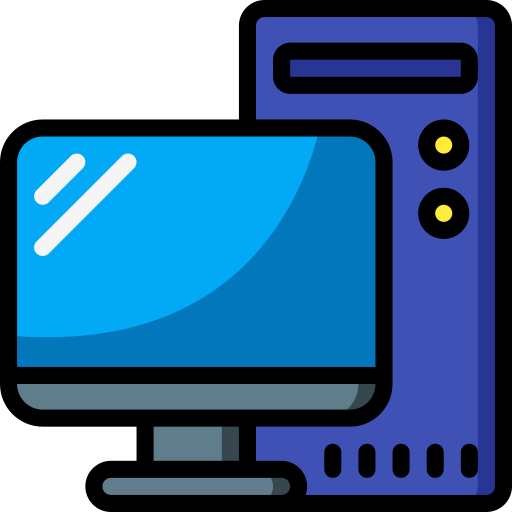

Metal Mario?


Metal Mario?


Ok, that looks awesome. I may be using that for my next NAS build, which may come soon because my N54L is like 10 years old now.


The node case would be so much better if they made the hard drive slots externally accessible. I see they’ve updated it so all the drives are not attached in a huge stack anymore, which seems nice. I personally found it to be a huge pain to work on, and after using it I switched to hp microservers with hot swap slots for HDDs.
But for what OP asked for, it might be the best option.


My setup is different from yours, but maybe it’ll be a reference for something you could do.
I use WireGuard. I forward my dns over the tunnel. The dns servers are my home dns servers (pihole). Those servers resolve my service hostnames to their LAN addresses. Those LAN addresses are resolvable when I’m connected with WireGuard. This means I use the same IP addresses and same host names over vpn or locally on the LAN.


I don’t think iOS allows multiple VPNs to be enabled simultaneously. There appears to be only one VPN on/off toggle switch. From what I’ve seen you can have different vpn profiles but only enable one at a time. I could be wrong though.
Desktop operating systems like macOS, Linux (did I mention yet that I use arch Linux?), BSD, and um… that other one… oh yeah, Windows do allow this. I’m sure there are a variety of compatibility problems, but in general, multiple VPNs with the same or even different technologies can work together.


WireGuard routes certain traffic from the client (your iPhone) through the server (the computer at your house). If you route all traffic, then when your iPhone accesses the internet, it’s as if you were at home. Since that WireGuard server is sitting on your home LAN, it is able to route your phones traffic to anything else on that LAN, or out to the internet.
Wireguard clients have a setting called AllowedIPs that tells the client what IP subnets to route through the server. By default this is 0.0.0.0/0, ::/0, which means “all ipv4 and all ipv6 traffic”. But If all you want to access are services on your home LAN, then you change that to 192.168.0.0/24 or whatever your home subnet is, and only traffic heading to that network will be routed through the WireGuard server at your house, but all other traffic goes out of your phone’s normal network paths to the internet.


Some routers even run WireGuard natively :) like for instance Ubiquiti. Personally I’d rather run it on my own server though because ubiquiti doesn’t have easy IAC features.


WireGuard is free. Obviously my instructions didn’t go into detail about specifically how to set everything up. Port forwarding is required. Knowing your servers external IP address is required. You also need electricity, an ISP subscription, a home server (preferably running Linux), so on and so forth. This is /c/selfhosted after all.


Run WireGuard on some home machine. (Does not need to be the machine the app you want to access is hosted on.)
Run WireGuard on your road warrior system.
There is no step 3.
I’m doing this right now from halfway around the world from my house and it’s been great. Been using iPhone, iPad, and macOS clients connected to linuxserver/WireGuard docker container. Been doing this on many WiFi networks and 5G, no difference.


I’d just like to reassure everybody that you can quit using Google Chrome. I switched to Firefox a year ago. You can switch to something else too. Give it a try.
Wait, I don’t need to nudge anybody. After all the ads start invading their browsing experience I doubt anybody will need much prodding.
I can’t wait for one of these to have an interpretation that limits use of ICE vehicles.